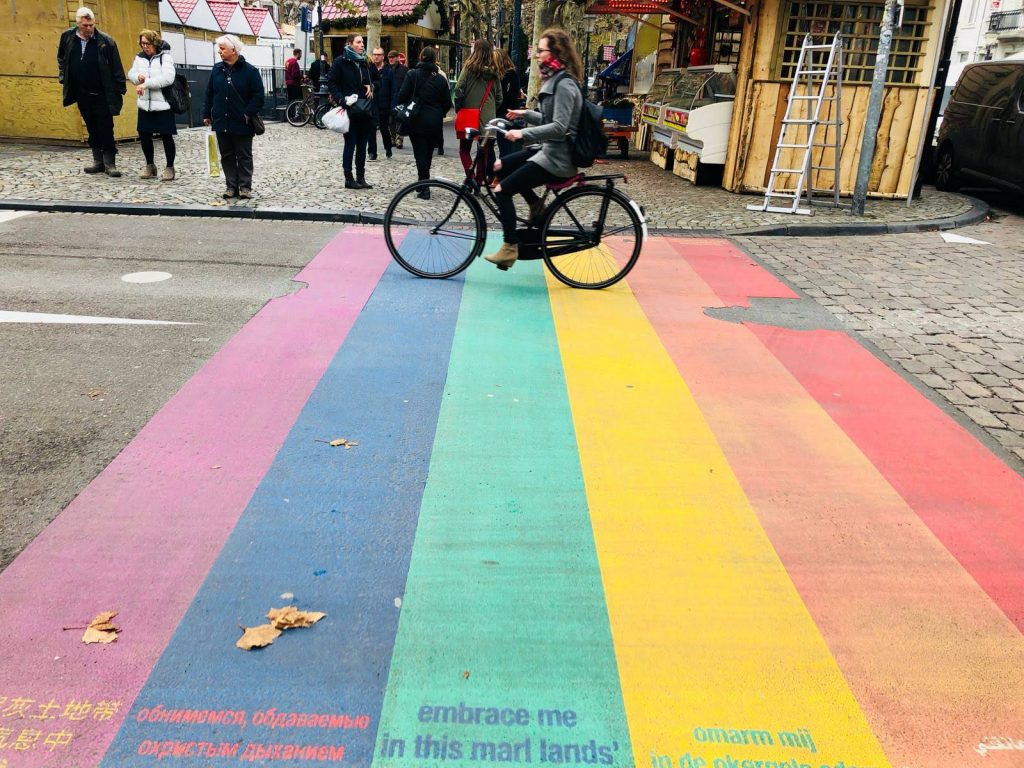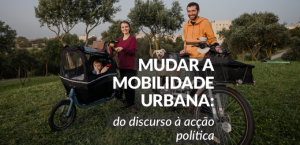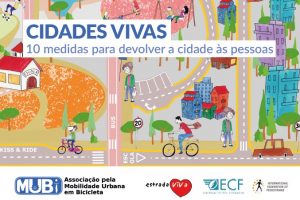Artigo científico: Network design, built and natural environments, and bicycle commuting: Evidence from British cities and towns. (2018)

Em parceria com a Faculdade de Arquitectura da Universidade de Lisboa e o grupo de investigação BEAM a MUBi divulgará todos os meses um artigo científico relevante na área da mobilidade em bicicleta.
No artigo do mês, Robert Cervero e colegas apresentam um estudo extenso sobre 36 cidades do reino unido, no sentido de identificar o que influencia a utilização da bicicleta para os movimentos pendulares. De particular relevância, destacamos a aplicação e melhoria da metodologia para definir “Levels of Traffic Stress”, a qual permitiu classificar as ruas em 4 níveis, em função de parâmetros como infraestrutura ciclável, volume e velocidade de tráfego automóvel, nº de faixas de circulação, entre outros.
Abstract:
Rates of cycling to work vary significantly from one urban area to another but the reasons for these variations are not well understood. Existing literature highlights the importance of built environments, urban amenities, and high-quality bicycle networks in promoting cycling. However, few studies measure the respective contributions and weigh the magnitude of effects of these influences together. We present a multivariate model that reflects the influences of such factors for 36 cities and towns in Britain. The models reveal a complex web of forces shaping cycling to work, confirming that there is no single, silver-bullet factor even in cities with remarkably high commuter cycling. The model results highlight the importance in joining up network level interventions, for instance to reduce both route circuity and on-road stress, which are objectives often being pursued separately. The results also highlight the importance of the non-transport aspects such as land use mix and landscape amenities along commuter routes, and the role of city-specific cycling culture. They also underscore the need for closer collaboration between promoters of commuter cycling and wider urban disciplines to create low-stress routes and supportive built environments in cities and their outskirts.
Link para o artigo: https://www.sciencedirect.com/science/article/pii/S0967070X1830101X
Nós precisamos de ti
Contribuir
Etiquetas
Acalmia de tráfego actas de reuniões assembleia da república Assembleia Geral Aveiro bicicleta bicicultura Bike Buddy ciclovias Clima cml comunicados COVID-19 código da estrada Direção ECF eleições encontros ENMAC ENMAP espaço público eventos fundo ambiental governo incentivos intermodalidade investimento Lisboa mobilidade mobilidade activa modos activos modos suaves MUBi notícias notícias MUBi Orçamento do Estado política Porto projectos projectos em monitorização projectos europeus relatórios segurança rodoviária transportes públicos VOCAArquivo





